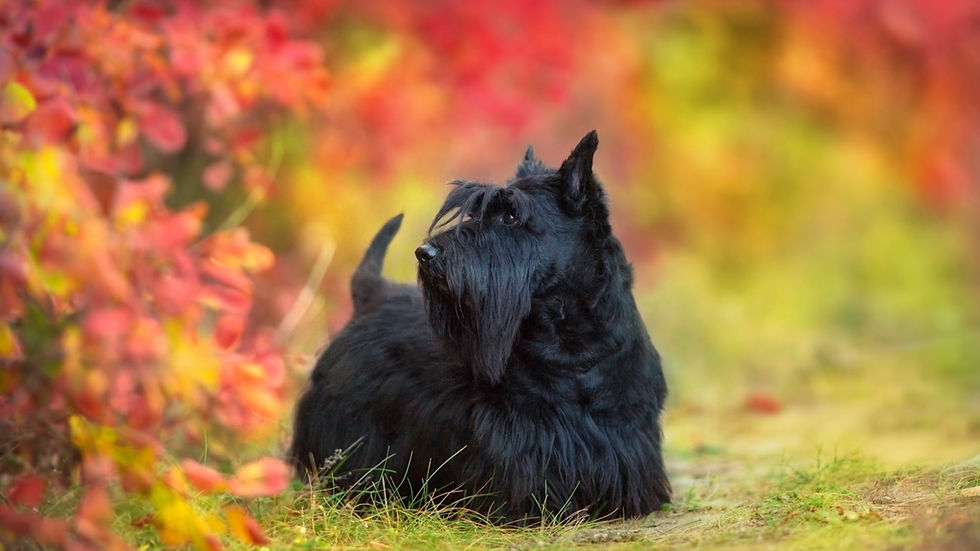Click the tartan to view its entry in The Scottish Registers of Tartans which includes registration details, restrictions, and registrant information.
Unregistered tartans may link to one of the web's online design environments for similar information.
For any questions about reproduction of designs or weaving of these tartans, please contact the registrant directly or via this website.
Battle of Flodden
"🎶'Ive heard the lilting, at the yowe-milking,
Lassies a-lilting before dawn o' day;
But now they are moaning on ilka green loaning;
"The Flowers of the Forest are a' wede away".
...
Dool and wae for the order sent oor lads tae the Border!
The English for ance, by guile wan the day,
The Flooers o' the Forest, that fought aye the foremost,
The pride o' oor land lie cauld in the clay."
~ Flowers of the Forest
This tartan was designed to commemorate the death of King James IV, many of his nobles and over 10,000 men of Scotland during the battle of Flodden on the 9th September 1513. The large square represents the four corners of the kingdom from which thousands of men from all sectors of society were sent to die on Flodden field. Three inner lines of red represent the sword, dagger and ring associated with King James IV. The steel blue and turquoise check represents the turquoise ring, given to James by Anne of Brittany as a token of the alliance between Scotland and France. The Scottish folk tune, Flowers of the Forest, or The Fluuers o the Forest had several versions of lyrics added at later dates, notably Jean Elliot's lyrics in 1756 or 1758. This is one of the few tunes that many pipers will perform in public only at funerals or memorial services. It is played at Remembrance Day and Remembrance Sunday ceremonies to commemorate war dead. 🎗️
September 9th marks the Battle of Flodden.
For three hundred years the engagement was known as the Battle of Branxton Moor and was only romanticised as the ‘Battle of Flodden Field’ by Victorian authors and historians during the 19th Century. The name Flodden actually pertains to the hill, 2 miles to the south of the battlefield, where James IV encamped his army in the week prior to the battle.
In the days that followed the captured Scottish guns were taken first to Etal Castle for safe-keeping whilst the bodies of the Scots nobles were retrieved from the battlefield and eventually repatriated, possibly by the nuns of Coldstream Priory.
Only one man, Fletcher, made it back to the small Borders town of Selkirk after Flodden bearing a captured English flag (or standard). He cast the flag above his head to indicate that all the other Selkirk men had perished in the battle. Flodden is still commemorated to this day during the Selkirk Common Riding Festival which is held every year in June. The Standard Bearer (a young man chosen to represent the town) casts the colours of the burgh in a moving ceremony which is followed by a minutes silence for those killed in war and then the playing of The Liltin’, a version of the folk song The Floo’ers of the Forest, also written to commemorate the battle.
For more on this historical event, click the painting "News of Flodden" by Thomas Jones Barker.









